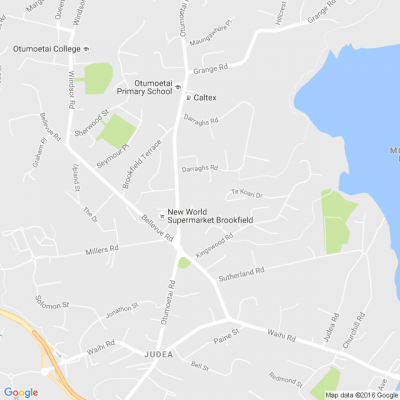Art History: Ancient Practice of Textile Art and How It Continues to Reinvent Itself
We come into contact with textile art every day. From the clothes we wear to the objects that decorate our home, it’s an art that can be simultaneously beautiful and useful. But it should come as no surprise that this field occupies these two categories. At the beginning of its long history, textiles were seen as a utility rather than something that serves no discernible function aside from aesthetics. And while this is still the case today, visionary creatives have helped the art continually reinvent itself.
Textile art is one of the oldest forms of art in human civilization. At its inception, it was not focused on looks, but for practical purposes—such as clothing or blankets to keep warm. This dates all the way back to prehistoric times, and anthropologists estimate that this is between 100,000 to 500,000 years ago. These goods were made from animal skins, furs, leaves, and more.
As time wore on and the neolithic cultures settled, textiles become increasingly complex. Many early pieces were made with felting, which agitates animal fibers (like wool) to interlock them in a strong bond. Beyond that, though, humans also spun fibers to create strands of thread. They were woven together and resemble more of what we’re used to today.
Creating clothing and other textiles was laborious—everything had to be done by hand. This included gathering fibers from plants or animals and then twisting them to make it into yarn. In addition to being a tedious process, making an article of clothing was expensive; tailors and seamstresses altered garments to ensure that they lasted a long time. Depending on how wealthy someone was, they could get imported fabrics and colorful dyes. The Silk Road trade routes brought Chinese silk to India, Africa, and Europe. While clothing was still the dominant type of fiber art, the aristocracy could also afford to decorate the walls, floors, and furniture of their palaces in lush and vibrant pieces.
The Industrial Revolution was a turning point for textiles. With the invention of the cotton gin, spinning jenny, and power loom, creating fabric was now automated and could be produced on a massive scale. Textiles were not just for the wealthy anymore; as prices dropped, they were available to more of society. It also meant that these materials were not as precious, and creative people could experiment with them in previously unseen ways.
The rich history of textiles has laid the groundwork for contemporary creatives. In modern times, the terms fiber art or textile art generally describe textile-based objects that have no intended use. Although this realm has previously been seen as “women’s work,” artists—particularly female artists in the 1960s and 70s—started to reclaim the field and elevate it into high art.
Keep reading: mymodernmet.com...
It’s Riddle Time! Beat the Neighbourhood with Your Smarts!
Which of the following words don't belong in the group and why?
CORSET, COSTER, SECTOR, ESCORT, COURTS
Do you think you know the answer to our daily riddle? Don't spoil it for your neighbours! Simply 'Like' this post and we'll post the answer in the comments below at 2pm.
Want to stop seeing riddles in your newsfeed?
Head here and hover on the Following button on the top right of the page (and it will show Unfollow) and then click it. If it is giving you the option to Follow, then you've successfully unfollowed the Riddles page.

Singing Santa
Hi, I'm after one of the above which also moves whilst singing. Been to The Warehouse and a couple of $2 type shops but unable to find one. Does anyone else have any ideas on where I might find one please?
Poll: Do you think banning gang patches is reasonable?
With the government cracking down on gangs, it is now illegal for gang members to display their insignia in public places whether through clothing or their property.
This means arrests can be made if these patches are worn in places like restaurants, shops, on public transport or ferries, and on airplanes. Arrests were made recently at a funeral.
Do you think this ban is reasonable?

-
75.7% Yes
-
22.9% No
-
1.4% Other - I'll share below








 Loading…
Loading…























